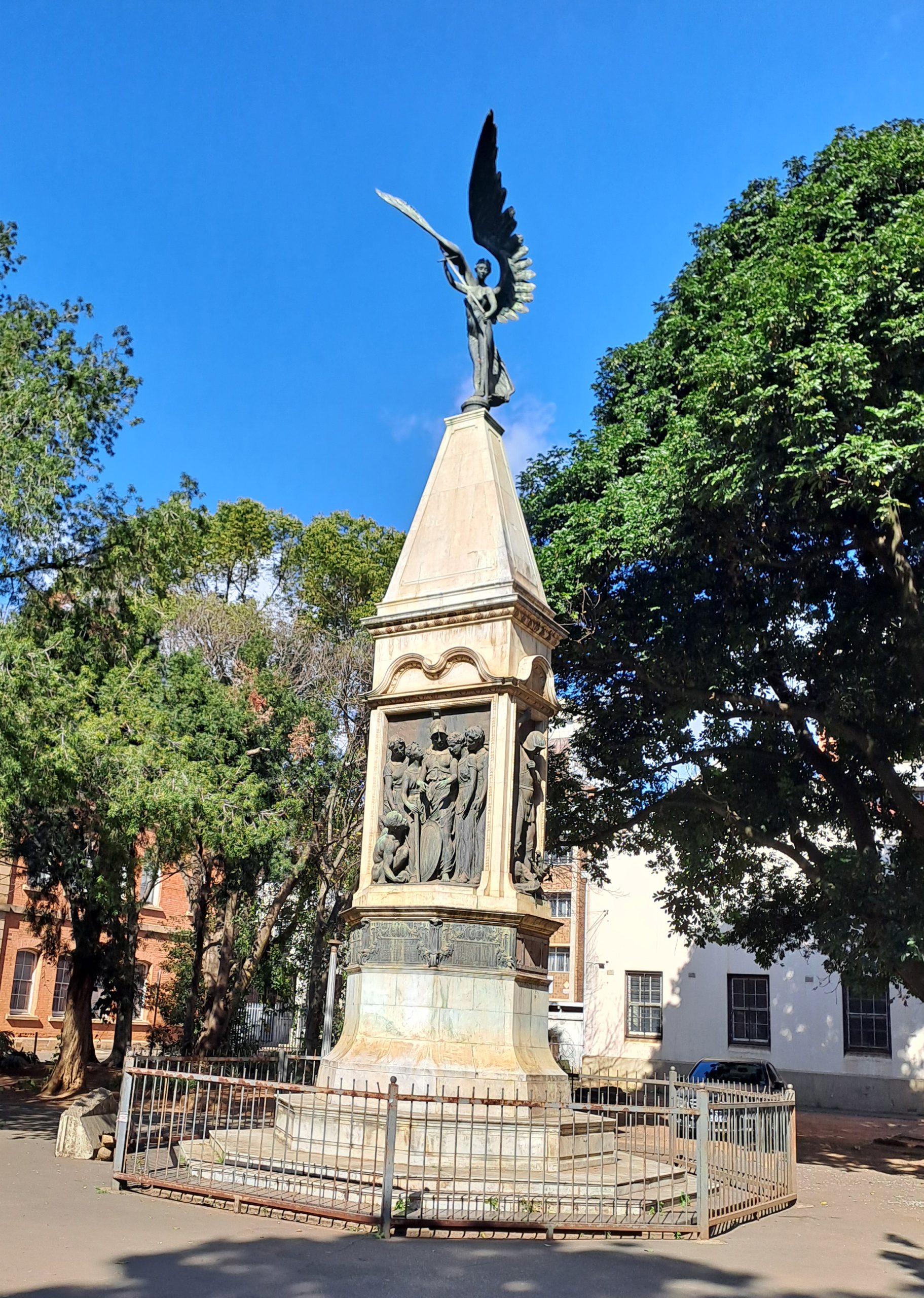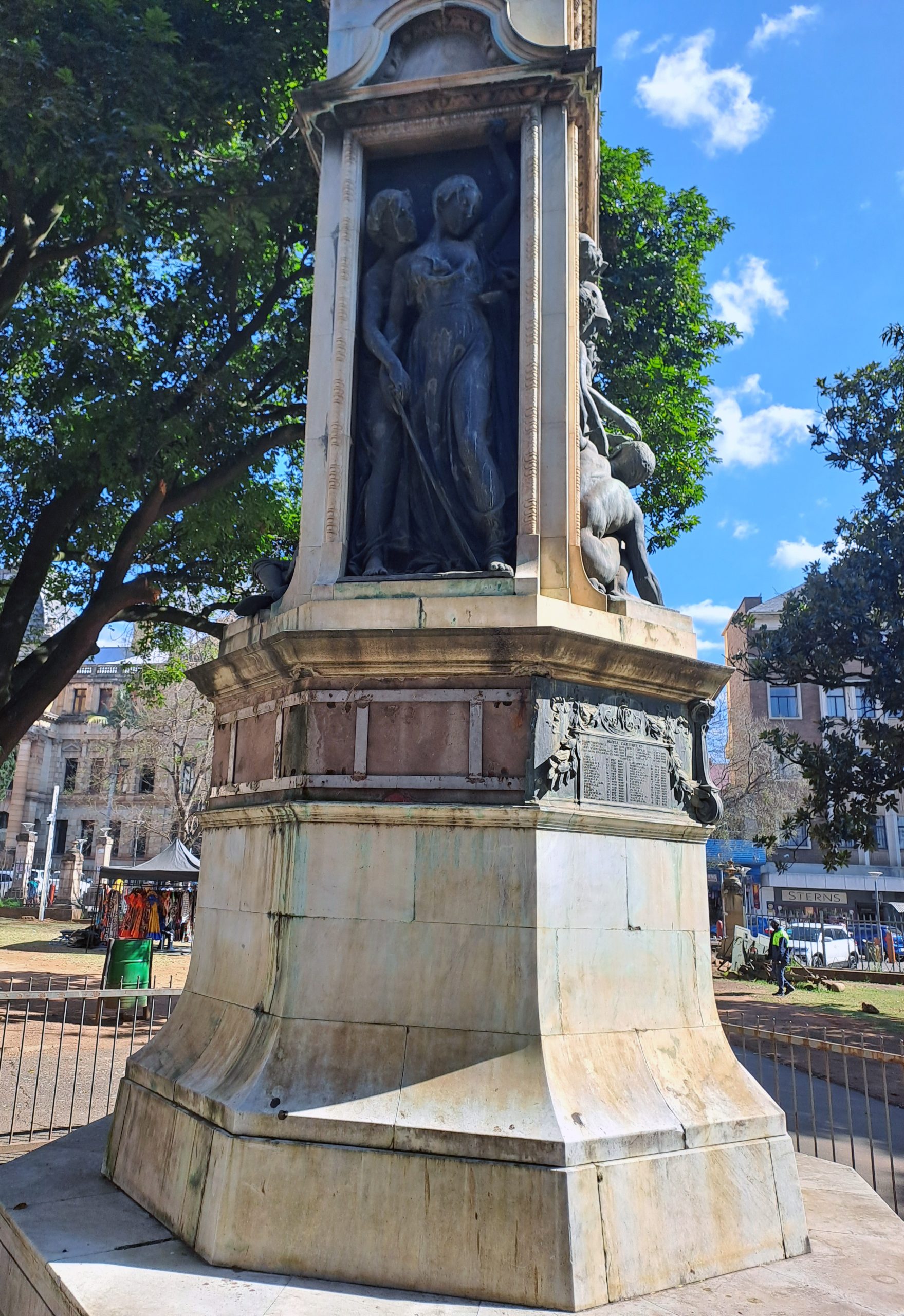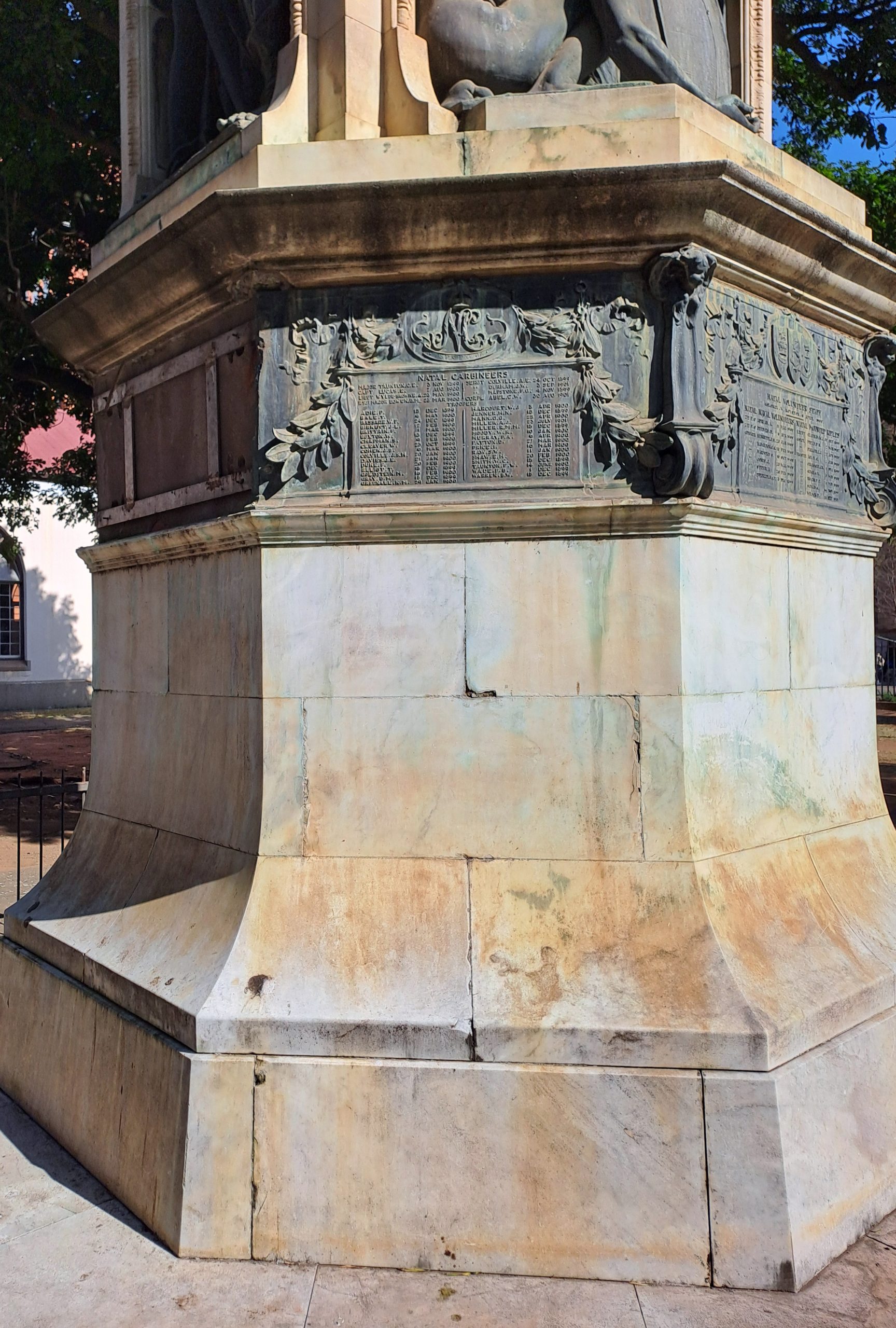1879: NATAL MOUNTED POLICE: RORKE’S DRIFT & ISANDHLWANA
Abstract: Colonial Forces at Rorke’s Drift and Isandhlwana (1879) (English Edition)
The Natal Mounted Police (NMP), established in 1874 as a semi-military colonial force under Major John Dartnell, played a modest yet symbolically significant role in the Anglo-Zulu War of 1879. At Rorke’s Drift, a small detachment of NMP troopers supported the defence of the mission station alongside British regulars. Their presence underscored the integration of colonial police units into imperial military operations.
In contrast, the Battle of Isandhlwana marked a devastating defeat for British forces, where 25 NMP members perished—most while fighting alongside the Natal Carbineers in a last stand to protect Lieutenant-Colonel Durnford.
“That same year, the Natal Mounted Police participated in the British annexation of the South African Republic (Transvaal), marking a shift from frontier policing to imperial enforcement.”
Though often overshadowed, the NMP’s sacrifice reflects the blurred lines between policing and warfare on the colonial frontier, and their contribution remains a poignant chapter in South African military history.
Keywords
- Anglo-Zulu War of 1879
- Isandhlwana
- Lieutenant-Colonel Durnford
- Major John Dartnell
- Natal Carbineers
- Natal Mounted Police (NMP)
- Rorke’s Drift
Compiled by Hennie Heymans
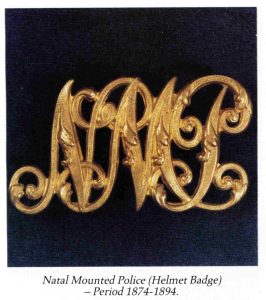
1. The Natal Mounted Police and the Defence of Rorke’s Drift, 1879
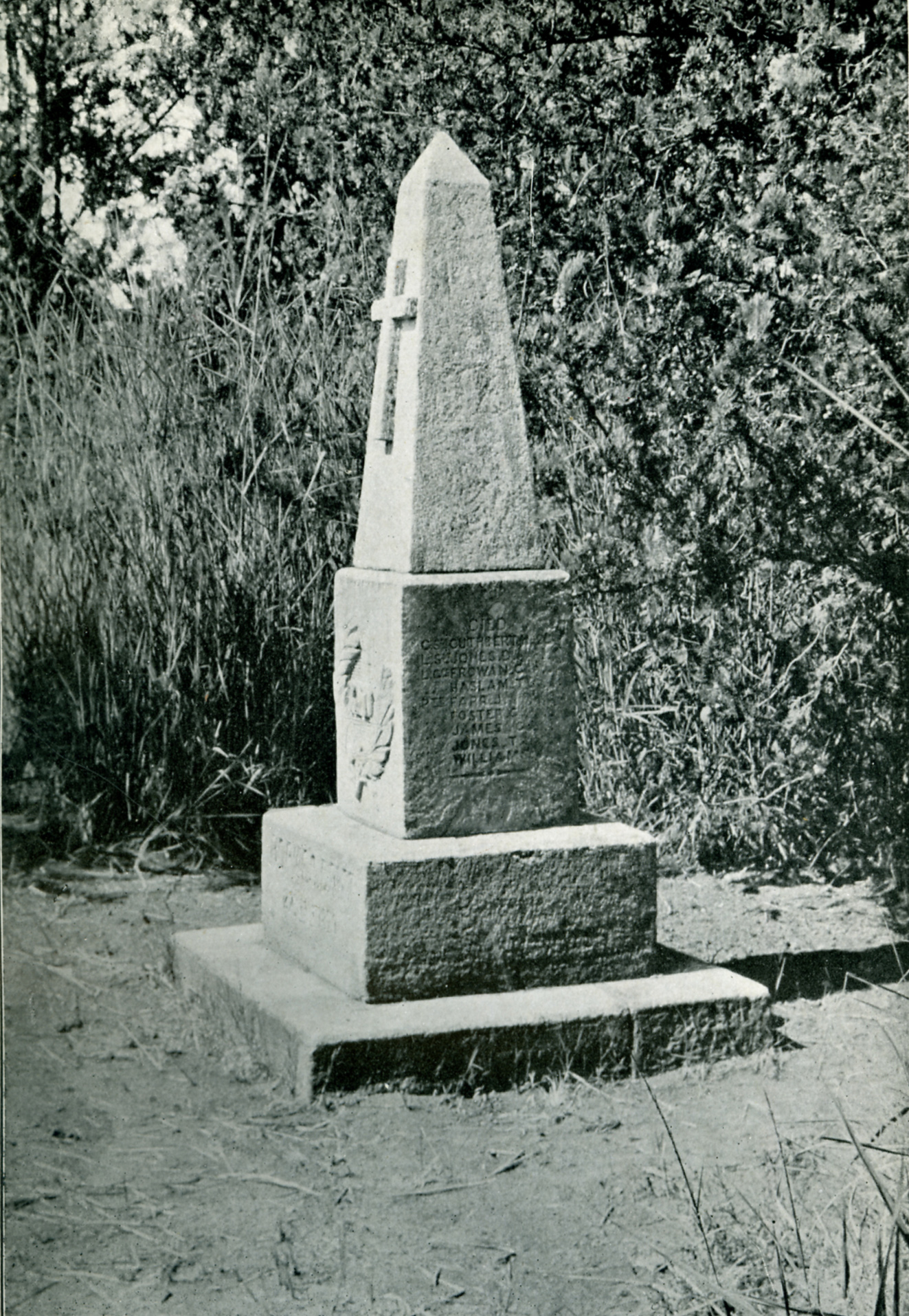
The Battle of Rorke’s Drift, fought on 22–23 January 1879, has become emblematic of British colonial heroism. While the defence was primarily executed by members of the 24th Regiment, the Natal Mounted Police (NMP) played a modest but poignant role in the events surrounding the battle.
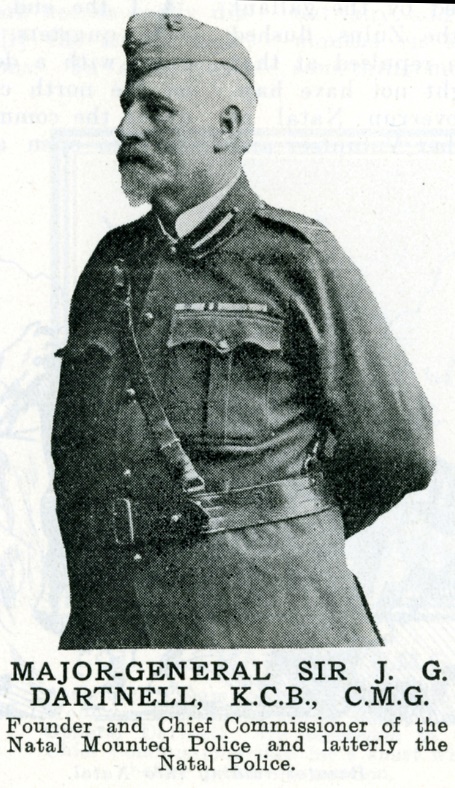
Formed in 1874 by Major John Dartnell, the NMP was a semi-military colonial police force tasked with defending the Colony of Natal. By 1879, the unit had gained a reputation for discipline and resilience, despite its modest size and limited resources. During the Zulu War, a small detachment of NMP troopers was present at Rorke’s Drift, including three men who were in hospital at the time of the Zulu attack. One of these, Trooper Sidney Hunter, was killed in action defending the mission station alongside British regulars and colonial volunteers.
Although their numbers were few, the presence of the NMP at Rorke’s Drift symbolized the integration of colonial policing into imperial military operations. Their participation, albeit limited, reinforced the perception of the NMP as a force capable of both law enforcement and battlefield valour. The muster roll compiled after the battle included NMP names, underscoring their sacrifice and the blurred lines between police and military service in frontier warfare.
2. Isandhlwana and the Natal Mounted Police: A Forgotten Sacrifice
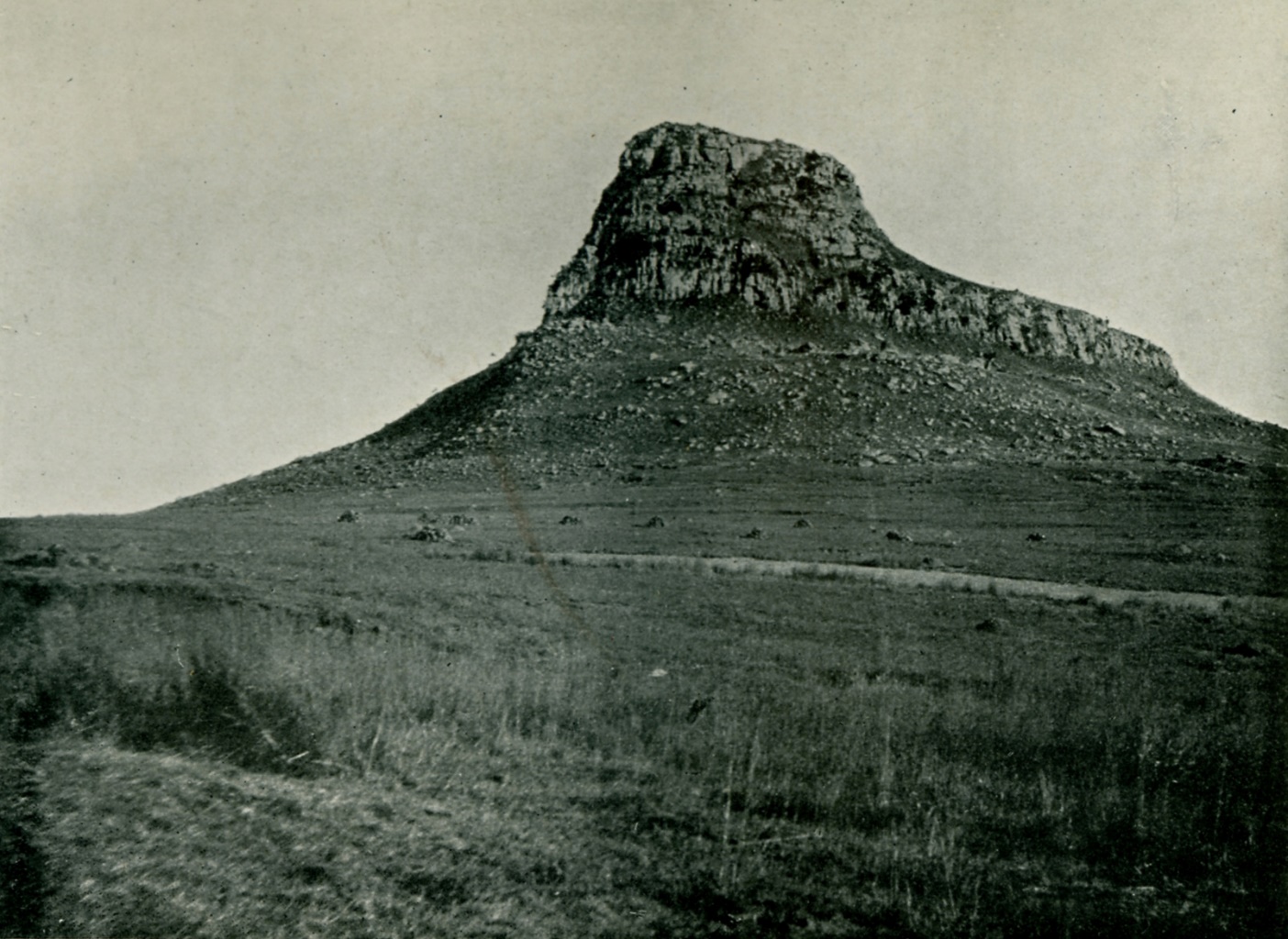
Anglo-Zulu Memorial – Pietermaritzburg
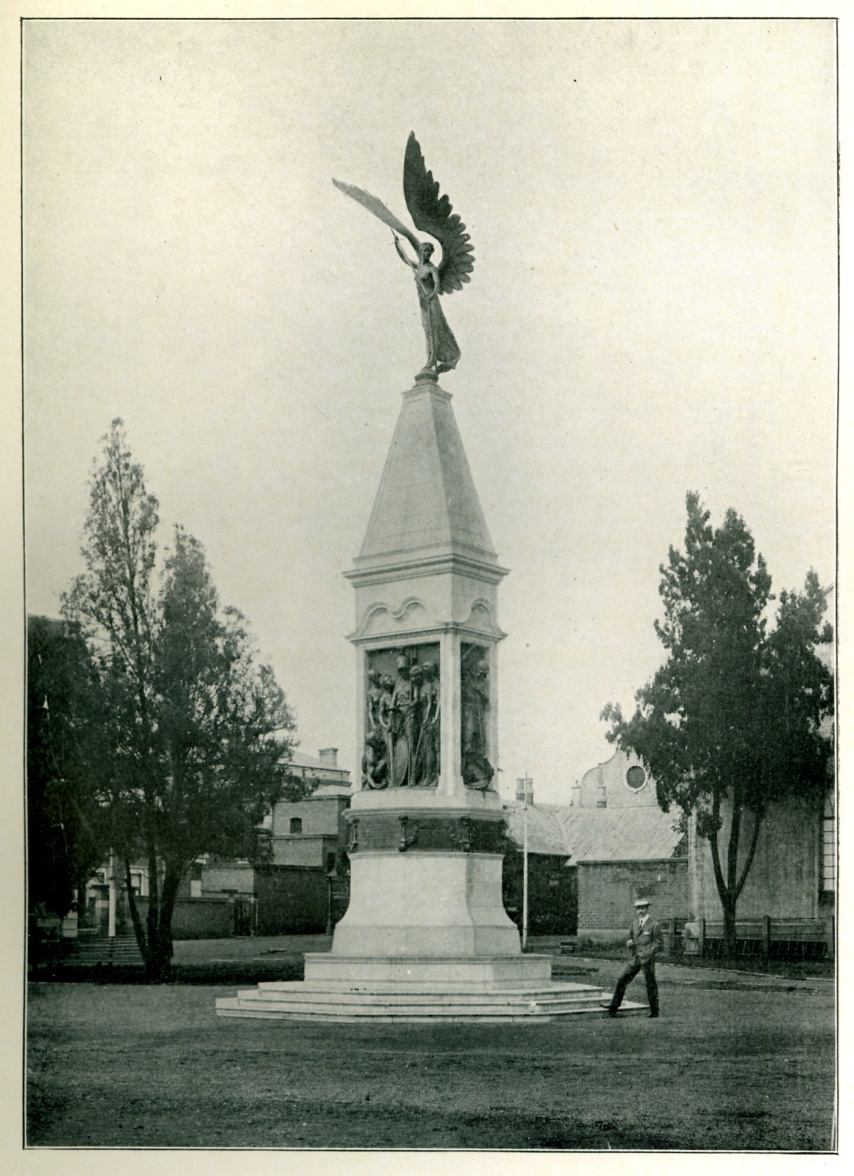
The Battle of Isandhlwana on 22 January 1879 was a catastrophic defeat for British forces, marking one of the few times a technologically superior imperial army was overwhelmed by indigenous forces. Among the fallen were 25 members of the Natal Mounted Police, whose role in the battle has often been overshadowed by the broader narrative of imperial collapse.
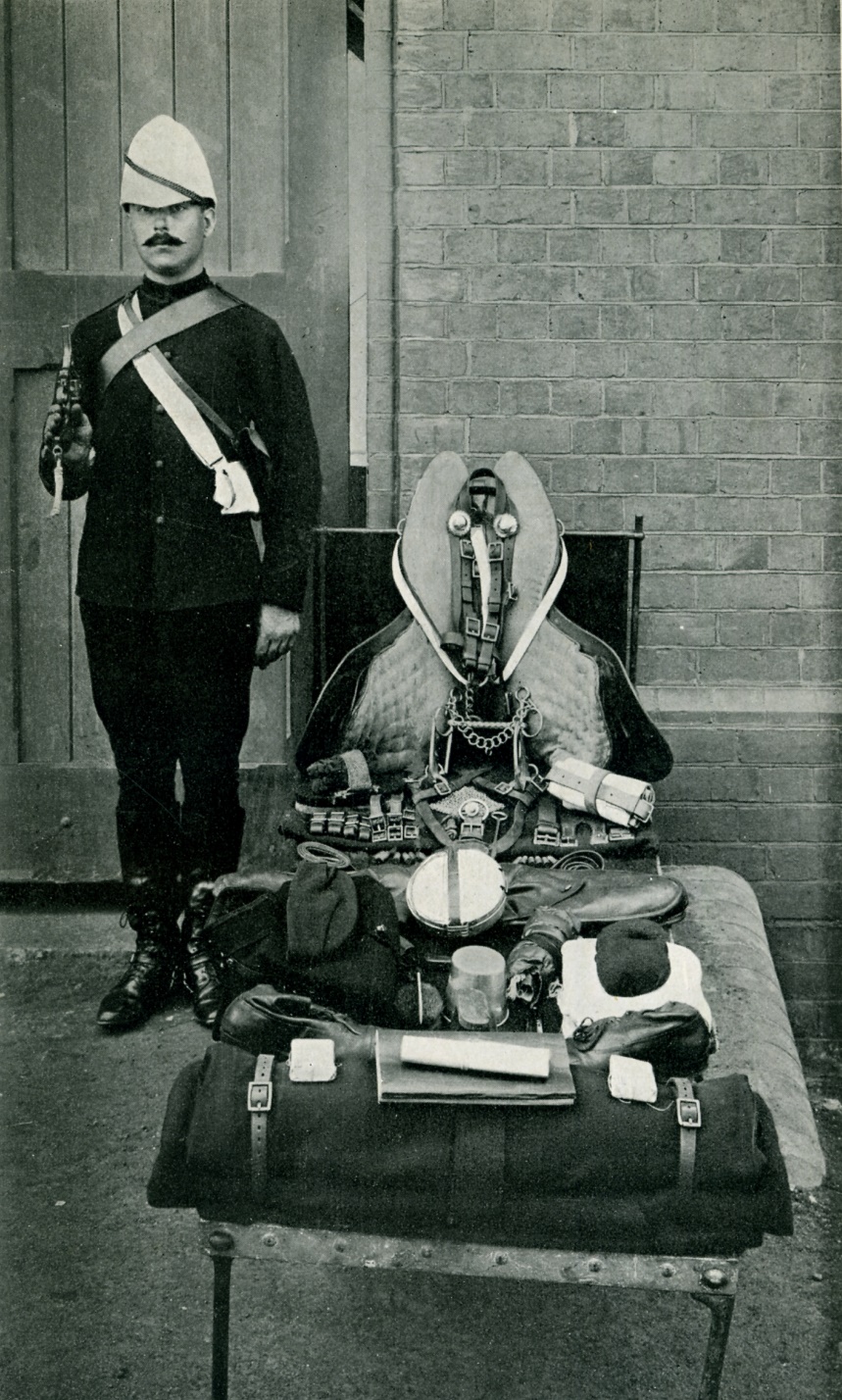
The NMP had been divided into two detachments: one under Major Dartnell tasked with scouting Zulu positions, and another of 34 men stationed at Isandhlwana. When the Zulu impi attacked, the NMP fought valiantly alongside the Natal Carbineers in a last stand to protect Lieutenant-Colonel Anthony Durnford. Of the 25 NMP casualties, 21 died in this desperate defence, highlighting their commitment and courage despite being outnumbered and outmanoeuvred.
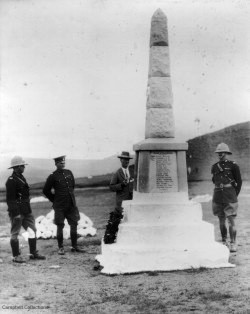
Natal Mounted Police at the Monument, Isandlwana.
Their sacrifice was not in vain. The surviving detachment under Dartnell returned to the battlefield that evening, finding the camp destroyed and their comrades slain. They then joined Lord Chelmsford’s relief column en route to Rorke’s Drift. The NMP’s dual role—as scouts, defenders, and witnesses—cements their place in the tragic tapestry of Isandhlwana.
The battle revealed the limitations of colonial intelligence and the vulnerability of imperial forces when isolated. Yet it also showcased the bravery of colonial units like the NMP, whose actions were later recognized through campaign medals and public commendation.
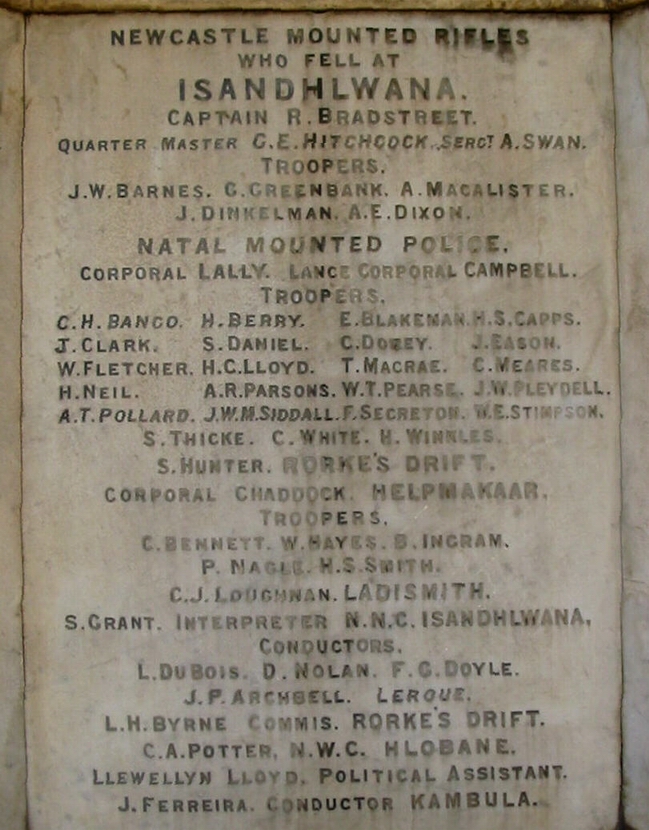
3. Natal Mercury: The Tragedy of Isandhlwana, 1879
On the 30th of June 1879, the “Natal Mercury” writes as follows: “The Police as a force possesses particular interest to us, for it represents our future army. It has played a very effective and very honourable part in an Imperial campaign. It consists in the main of men recruited in England, and although there are many colonists in its ranks, the ranks are from time to time filled up by drafts from Home. Only the other day sixty additions arrived to fill the gap of casualties sustained.
The force has every right to be regarded with respect and admiration, and they played their part, as the group round the last rallying point at Isandlwana sadly testify. Whenever their services have been called into action they have behaved with gallantry and distinction, and the fine young terrors who have come out to join its ranks may take pride to themselves in thinking that they belong to a force that enjoys, in a special degree, the appreciation of the community they serve.”
Bibliographic Note
- “Natal Mounted Police.” Wikipedia. Accessed August 2025. https://en.wikipedia.org/wiki/Natal_Mounted_Police.
- “Natal Mounted Police Nominal Rolls.” Anglo-Zulu War Historical Society. Accessed August 2025. https://www.1879zuluwar.com.
- “Anglo Boer War – Natal Police.” AngloBoerWar.com. Accessed August 2025. https://www.angloboerwar.com.
- Natal Mercury 30-06-1879.
PHOTO ALBUM: THE ANGLO-ZULU MEMORIAL PIETERMARITZBURG
Deon van Niekerk

